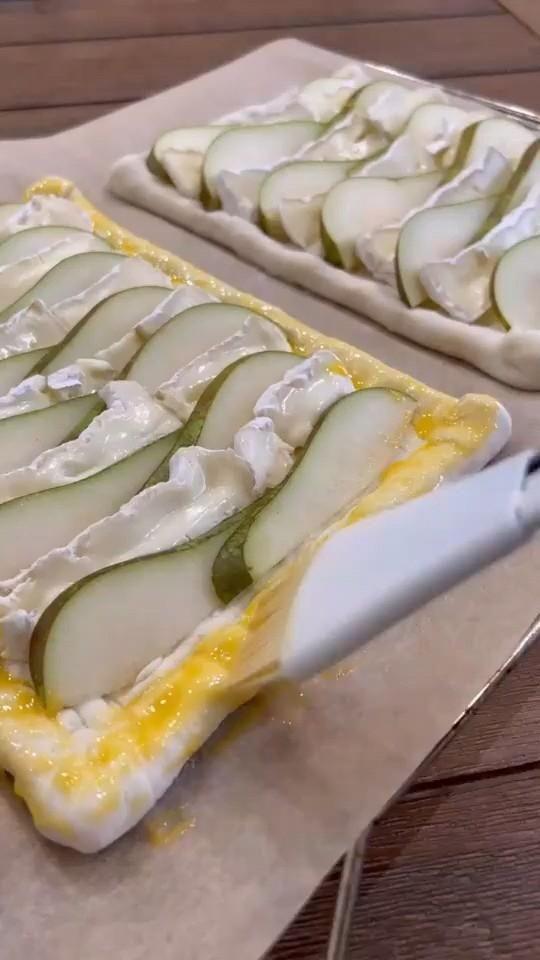At BrookLanes, we're convinced that the secret to unforgettable pizza lies in the dough itself. With over thirty years of refining our recipe behind us, we're thrilled to divulge key elements of our technique. While our exact recipe must stay under wraps (certain secrets are best kept), these fundamental tenets will empower you to elevate your homemade pizza dough to new heights.
Flour Quality is Key
The cornerstone of noteworthy pizza dough is the caliber of the flour. 00 flour, known for its fine milling from Italy and moderate protein level (typically around 12%), brings a harmonious blend of resilience and delicateness. Should 00 flour be unavailable, bread flour makes a respectable alternative, although it will alter the texture somewhat.
Attention to Water Temperature and Hydration Levels
Your water's temperature is crucial in regulating fermentation duration and dough maturity. For extended fermentation (yielding a richer taste), opt for cool water at about 45°F (7°C). In contrast, warm water at roughly 85°F (29°C) will accelerate the fermentation process. Hydration ratios — the proportions of water to flour — are optimally set between 60-70% for typical home ovens.
Yeast Quantities and Time
A pivotal trick to achieving a deeply flavored dough is to utilize minimal yeast and allow ample time for fermentation. Our dough features a mere 0.2% fresh yeast compared with the flour weight, fermenting for a span of 24-48 hours. This unhurried fermentation endows the dough with rich flavors and also renders it more digestible.
Salt is More than a Flavor Enhancer
Salt's role transcends flavoring your dough—it fortifies the gluten network and tempers fermentation. Utilize fine sea salt at a rate of 2.5-3% of your flour weight. Introduce it after the flour and water have begun mixing, to prevent any direct interaction with the yeast.
The Science of Fermentation
Once blended, let your dough undergo bulk fermentation at a stable room temperature for about 2 hours, then split it into portions for each pizza. Store these portions in lidded containers and chill in the refrigerator for 24-72 hours. During this refrigeration phase, starches transform into sugars due to enzymatic action, bestowing flavor and that signature crust caramelization.
Gentle Handling Benefits the Dough
Prepare to bake by taking your dough out of the refrigerator 1-2 hours ahead of time to warm it. When shaping your pizza, handle the dough softly to maintain the air pockets within. Press and stretch the dough with your fingers, avoiding rolling it out to preserve its airy quality.
Empowering the Dough with Heat
Our wood-fueled ovens approach 850°F (454°C), yet most household ovens only go up to about 550°F (288°C). To mimic professional results, use a pizza stone or steel, heated for at least an hour, ensuring the intense bottom heat required for a crunchy crust and fluffy interior.
Honing your skills with pizza dough is a continuous adventure. Every preparation teaches you more about the craft. Document your observations, tweak the variables, and pinpoint the methods that resonate with your home set up.
For an in-depth look at the process of crafting dough, consider attending one of our monthly pizza creation classes where Chef Luca goes over these techniques in great detail. Refer to our events calendar for upcoming sessions!

